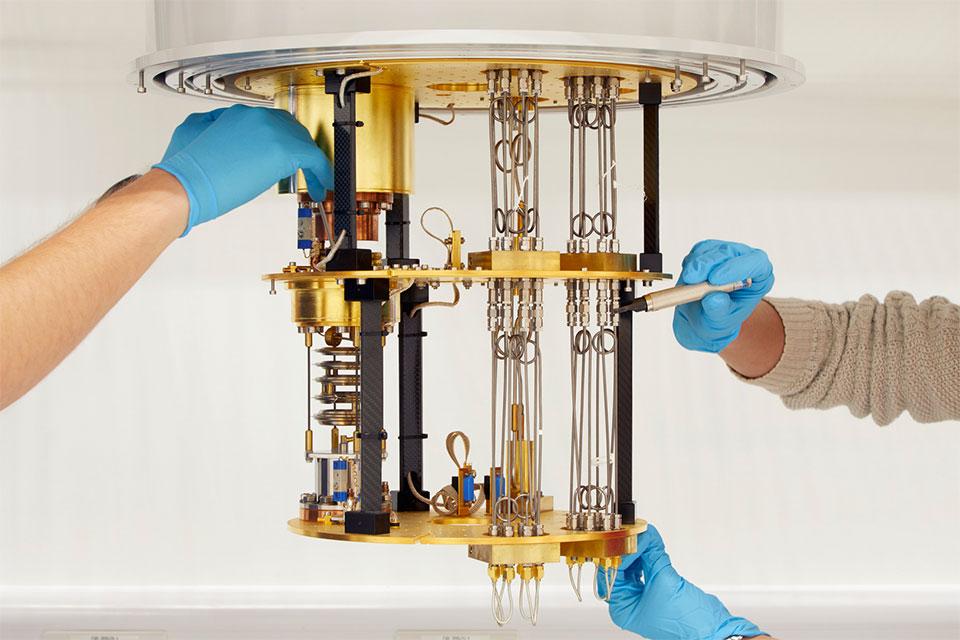Clarendon Laboratory, Department of Physics, University of Oxford, Parks Road, Oxford, OX1 3PU
Georg E. Fantner, École Polytechnique Fédéral de Lausanne, EPFL-STI-IBI /Switzerland
Scanning ion conductance microscopy (SICM) has been around for decades [1], yet it has not received as much attention as other forms of scanning probe microscopy. Recently, this true non-contact technique has kindled renewed interest among biophysicists and biologists because it is ideally suited for label-free imaging of fragile cell surfaces where it achieves exquisite resolution down to the nanometer regime without distorting the cell membrane [2,3]. SICM uses a glass nanopipette as a scanning probe and measures the current through the glass nanopore as a proximity detection of the sample surface. The challenge to harness this technique for time resolved 3D nanocharacterization of living cells lies in the relatively slow imaging speed of SICM. In this presentation I will show how we apply what we have learned from high-speed atomic force microscopy to the field of SICM. By reengineering the SICM microscope from the ground up, we were able to reduce the image acquisition time for SICM images from tens of minutes down to 0.5s while extending the imaging duration to days [4,5].
SICM, however, is much more versatile than just an imaging tool. I will also discuss our recent results using SICM as a single molecule characterization tool using capillaries with exceptionally small nanopores [6]. For this we use the glass nanopore in our SICM for Scanning Ion Conductance Spectroscopy (SICS), a technique we recently developed inspired by work in the field of nanopore sensing [7]. By tethering the molecule of interest with one end to the sample surface, we can translocate the molecule through the glass nanopore with exquisitespeed and position control. This allows near infinite re-reads of the same molecule, or even just parts of the molecule, thereby drastically increasing the signal to noise ratio. We tested the accuracy and limit of detection of SICS by measuring dsDNA constructs with molecular markers or single strand gaps, where we reliably resolved the 3 Angstrom discontinuity caused by a single nucleotide gap.
References
[1] P. Hansma et al., Science (80-. ). 243, 641 (1989).
[2] P. Novak et al., Nat. Methods 6, 279 (2009).
[3] Y. E. Korchev et al., Biophys. J. 73, 653 (1997).
[4] V. Navikas et al., Nat. Commun. 12, 1 (2021).
[5] S. M. Leitao et al., ACS Nano 15, 17613 (2021).
[6] L. J. Steinbock et al., ACS Nano 7, 11255 (2013).
[7] S.M.Leitao et al., Nature Nanotechnology, in press (2023)

